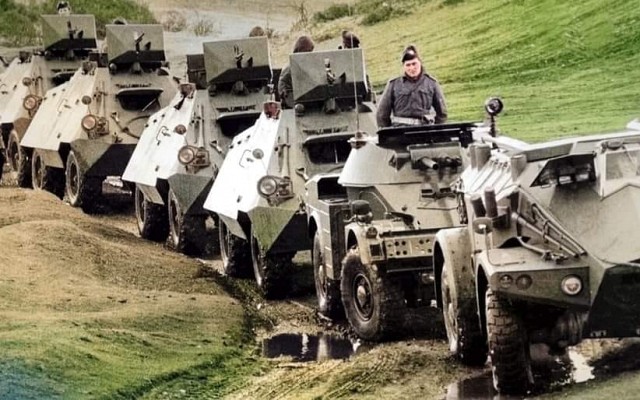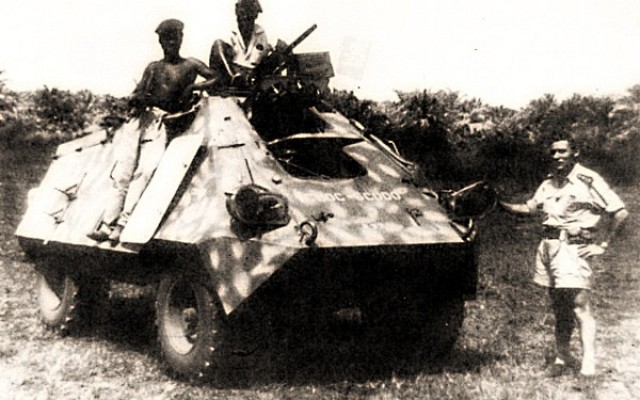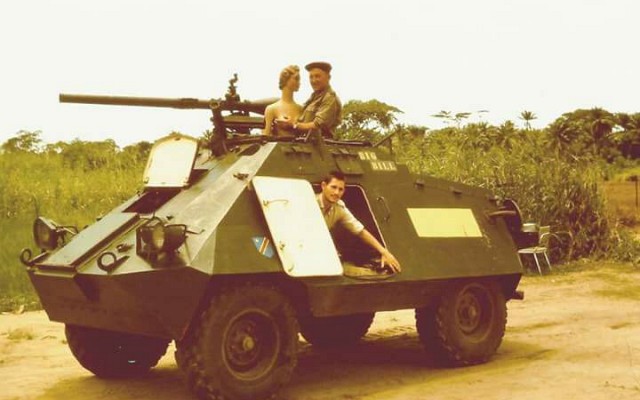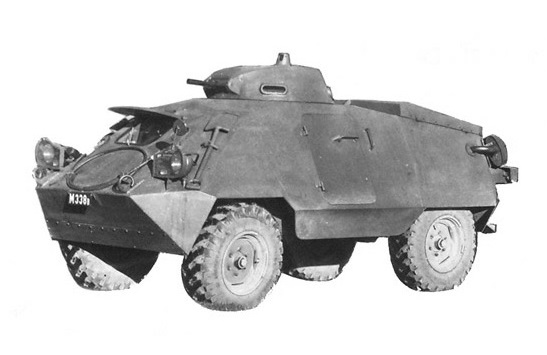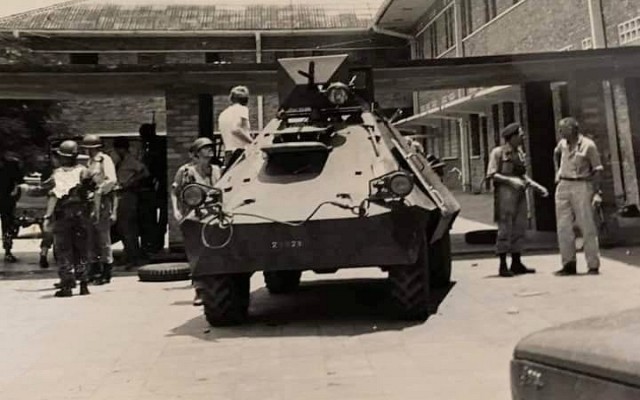Landsverk Unimog
Pansarbil Unimog
Overview
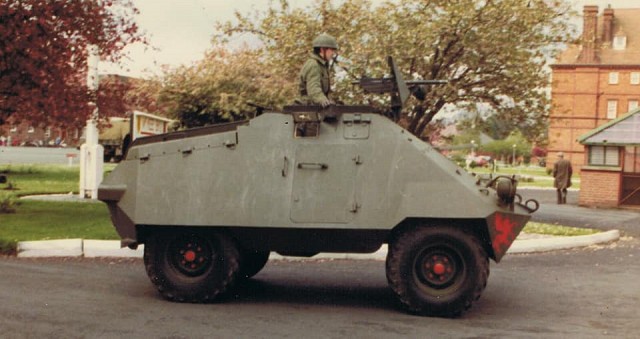
Landsverk Unimog
Right side view of Landsverk Unimog in Irish service with Browning M1919 machine gun.
Source: Unknown author -
© Copyright lies with original owner
Germany - Daimler-Benz (chassisj
Ireland
Description
Introduction
The Landsverk Unimog is an armored car of Swedish origin. The Landsverk Unimog was produced in small numbers and was actively used during the Congo conflict in the 1960's. It should not be confused with the German UR-416, which is also an armored vehicle based on the Unimog chassis.
Design
The Landsverk Unimog is based on the commercial Mercedes-Benz Unimog 405 SH 4x4 all terrain utility vehicle. The chassis has permanent front wheel drive and optional all wheel drive. The engine is mounted at the rear, resulting in a complex drive train. The exterior is made up of sloped steel armor plating.
Firepower
A total of six weapon options were available for the Landsverk Unimog and included armored machine gun turrets and SS-11 anti-tank missiles. However, production vehicles were only fitted with pintle mounted machine guns. Those used by Ethiopia were fitted with two Madsen-Saetter medium machine guns. In Irish service a single M1919 or Bren was installed.
Protection
The steel armor protects the crew from small arms fire and shell splinters. The armor plating is rather thick and well sloped allowing it to withstand point blank 7.62mm rounds. There are no NBC system or smoke grenade dischargers.
Mobility
The 4x4 chassis makes the Landsverk Unimog perform well off road. A standard Mercedes-Benz petrol engine provides propulsion. In Irish service it was found that the powered steering was unreliable and imposed a maximum speed of 50 km/h, although the vehicle is capable of 80 km/h.
Users
The Landsverk Unimog was ordered by the gendarmerie in Belgian Congo, who desired 24 units. Before these could be delivered conflicts erupted. Eventually 9 were acquired by the UN for Ethiopian use in the Congo. The remaining 15 plus 2 prototypes were eventually sold to Ireland. Since they were scrapped in 1986 the Landsverk Unimog is no longer operational.
Media
Details
Weapon options
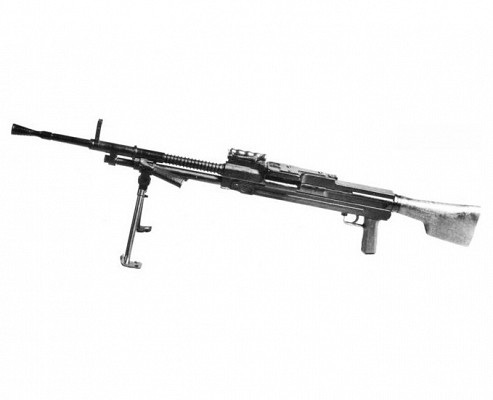
Madsen-Saetter
In Ethiopian service two Madsen-Saetter machine guns were fitted to the Landsverk Unimog.
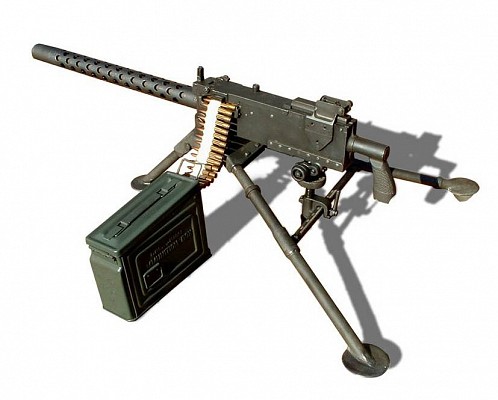
Browning M1919
In Irish service most Landsverk Unimog were armed with a single Browning M1919 machine gun.
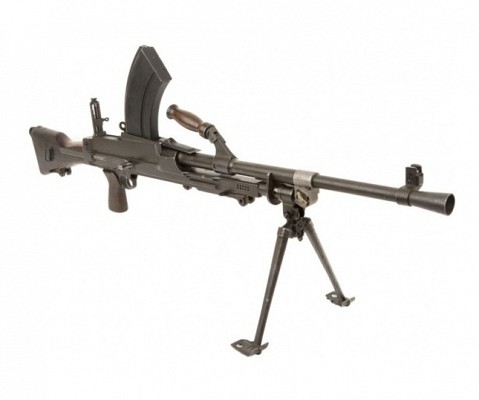
Bren
In Irish service sometimes a Bren light machine gun was fitted instead of the Browning M1919.
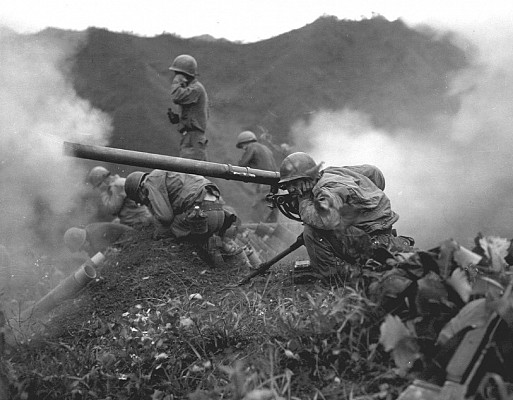
75mm M20
In the Congo at least one vehicle seems to have been fitted with a 75mm M20 recoilless rifle.
